A rare opportunity may soon allow NASA to repurpose one of its spacecraft to intercept an object from beyond our solar system. Scientists are proposing that the Juno probe, currently orbiting Jupiter, could be redirected to study a newly discovered interstellar comet known as 3I/ATLAS.
A Visitor From the Stars
First spotted in July 2025, the comet is only the third confirmed interstellar object ever detected, following the famous ‘Oumuamua in 2017 and comet Borisov in 2019. Unlike comets native to our solar system, 3I/ATLAS originates from deep space, traveling on a hyperbolic orbit that will eventually take it back out into interstellar space. Early observations show it is surrounded by a dusty coma and tail, with estimates placing its icy nucleus anywhere from a few hundred meters to several kilometers in size.
Juno’s Possible New Mission
Researchers believe that with precise maneuvering, Juno could use a slingshot around Jupiter—known as a gravitational assist—to set itself on a course that intersects with the comet. The timing is crucial: a burn in September 2025 could position the spacecraft for a close flyby in March 2026. If successful, Juno’s instruments could collect unprecedented data, including detailed images, measurements of the comet’s composition, and insights into material formed around other stars.
Challenges Ahead
The plan is ambitious. Juno was launched in 2011 and has already exceeded its original mission goals. Its fuel supply and instruments have aged, and diverting it toward the comet would mean ending its current studies of Jupiter’s moons and magnetosphere. Engineers would also need to calculate whether the spacecraft has the power and resources to make the maneuver safely.
High Stakes and Big Questions
Despite the risks, many scientists argue the potential rewards are enormous. An up-close study of 3I/ATLAS could answer long-standing questions about the chemistry of interstellar objects and provide clues about how planetary systems beyond our own form. Some even speculate that unusual features of this comet—its brightness, trajectory, and early behavior—could point to properties never before observed in a natural object.
A Rare Opportunity
Opportunities to study interstellar visitors are exceedingly rare, with only a handful ever detected by astronomers. Redirecting Juno would mark the first time humanity sends a spacecraft to directly intercept an object from another star system. For now, scientists and mission planners are weighing the costs, risks, and extraordinary promise of this bold pursuit.

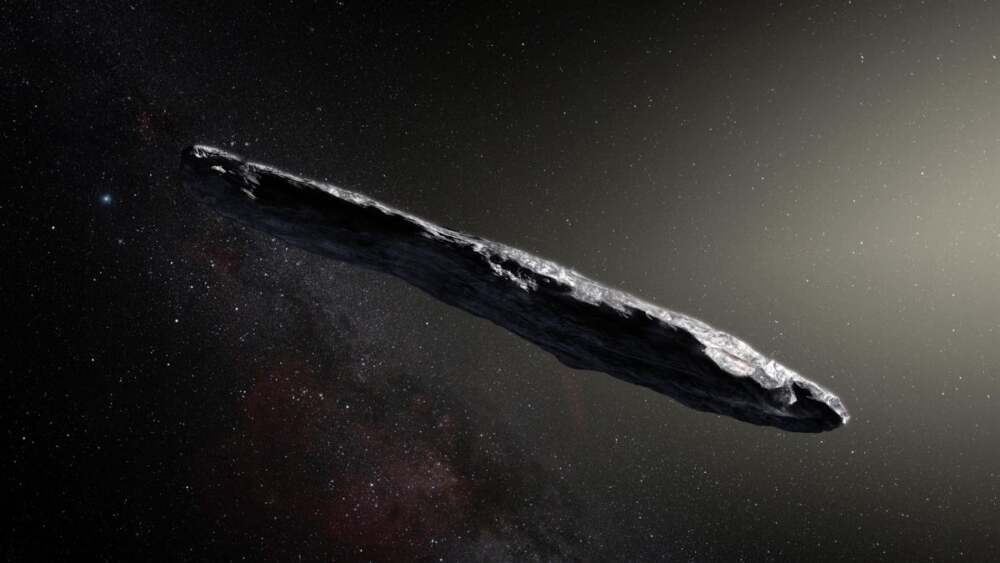



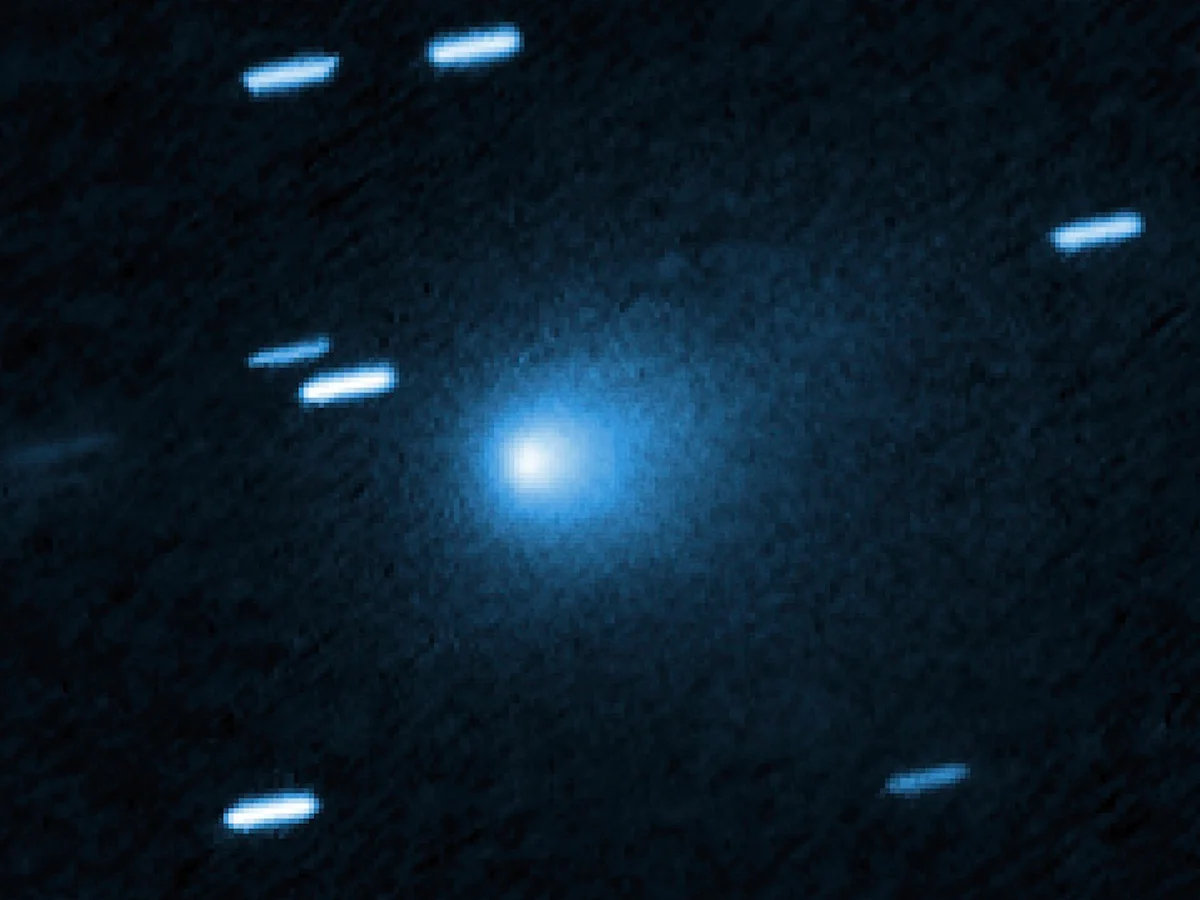

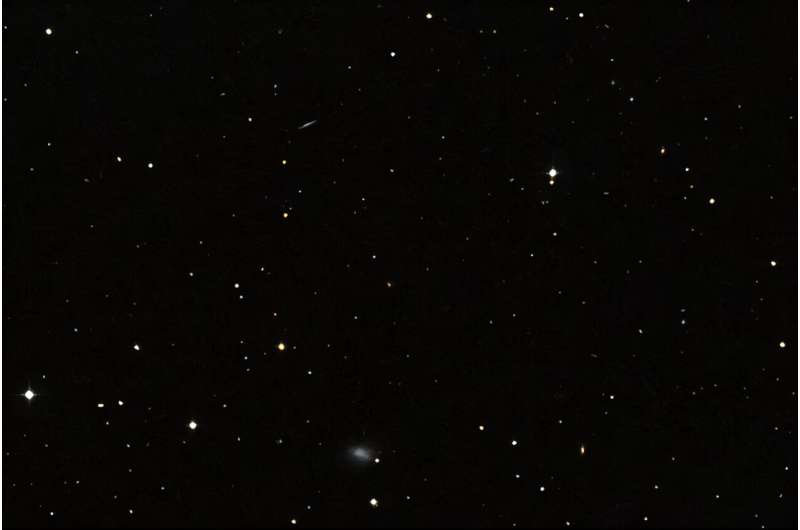
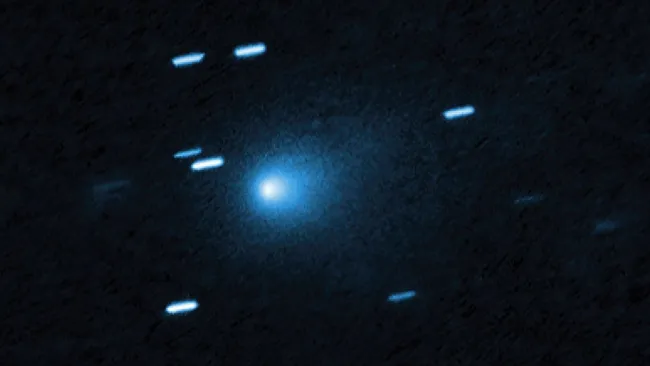
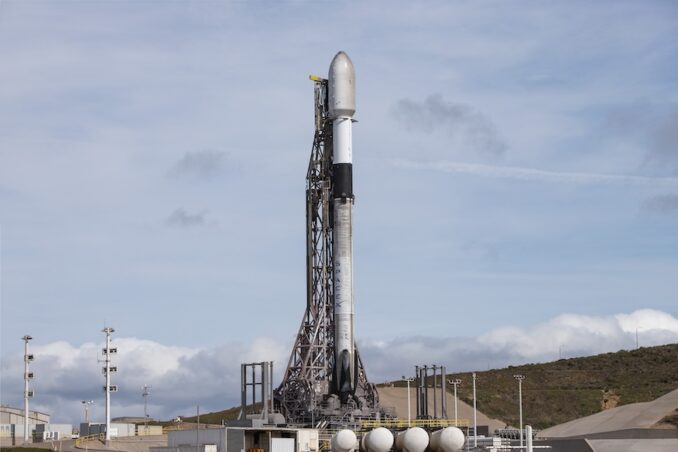


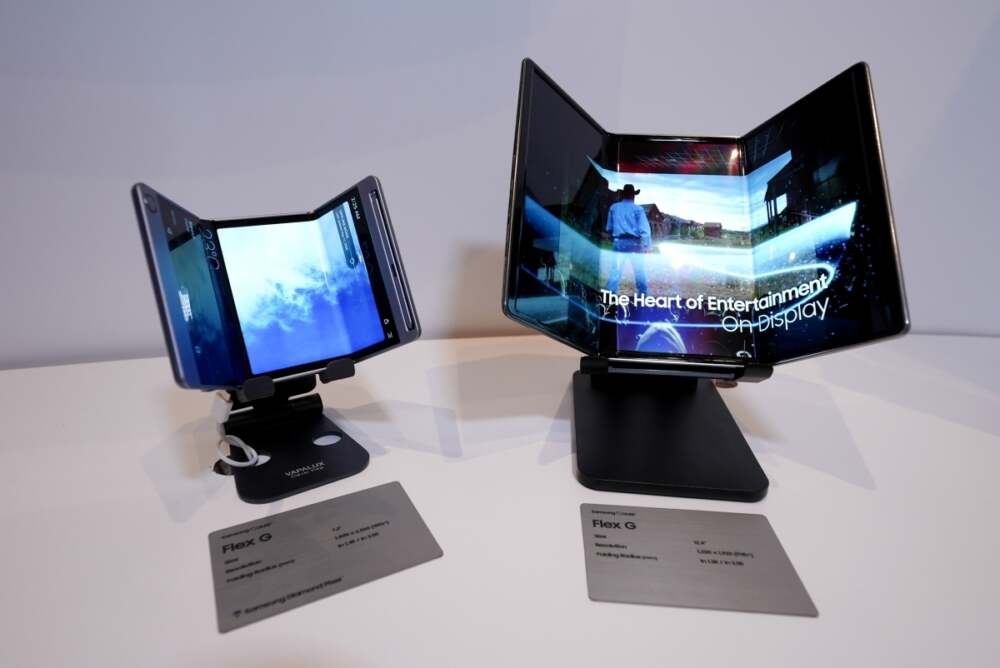



Leave a Reply